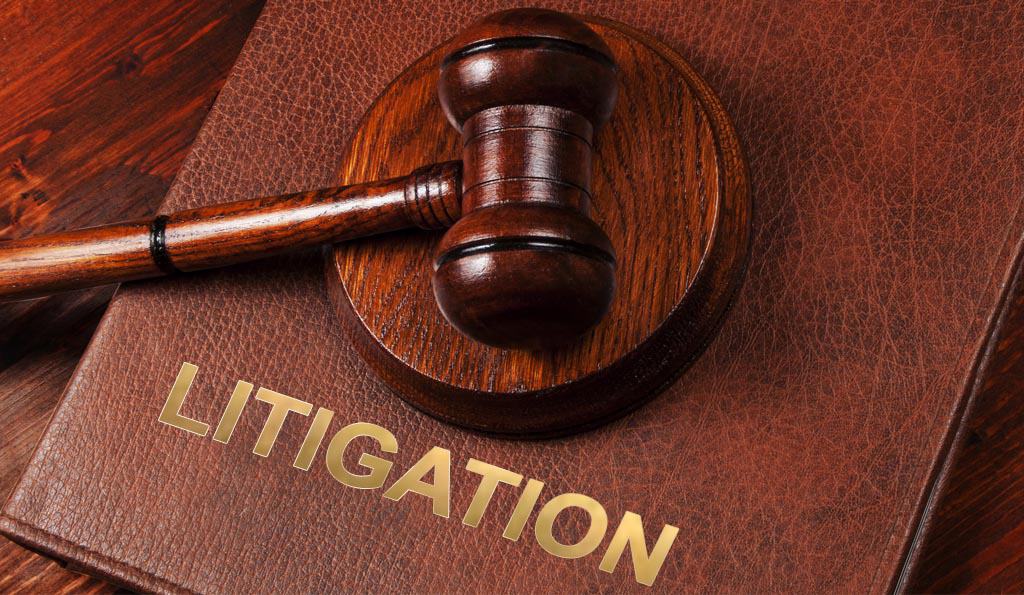Understanding the Complexities of Litigation: A Comprehensive Guide
Litigation can be an intricate and multifaceted process that requires a deep understanding of legal principles, procedures, and strategies. Whether you are a party involved in a lawsuit or simply curious about the intricacies of the legal system, this comprehensive guide aims to shed light on the complexities of litigation. In this article, we will explore the various stages of litigation, the key players involved, and the strategies employed by attorneys to navigate through this intricate terrain. Additionally, we will address frequently asked questions to provide a more holistic understanding of the subject matter.
I. Introduction to Litigation
Litigation refers to the process of resolving disputes in a court of law. It involves the parties presenting their cases before a judge or a jury, who then make a decision based on the evidence and arguments presented. Litigation can encompass a wide range of legal matters, including civil disputes, criminal prosecutions, and administrative hearings.
II. Stages of Litigation
A. Pleadings
The litigation process typically begins with the filing of pleadings. Pleadings are formal written documents that outline the claims and defenses of each party involved. The plaintiff, who initiates the lawsuit, files a complaint, while the defendant responds with an answer or a counterclaim. These documents set the foundation for the case and provide a roadmap for subsequent proceedings.
B. Discovery
Discovery is a crucial stage in the litigation process, aimed at uncovering relevant information and evidence. It allows both parties to gather facts, interview witnesses, request documents, and explore the strengths and weaknesses of their opponent’s case. Discovery mechanisms include interrogatories (written questions), depositions (oral testimonies under oath), requests for documents, and requests for admissions.
C. Pretrial Motions
Before the trial begins, attorneys may file various motions to resolve specific legal issues or seek a favorable ruling from the court. These pretrial motions can include motions to dismiss, motions for summary judgment, and motions to exclude evidence. The court will review these motions and make determinations that can significantly impact the outcome of the case.
D. Trial
The trial is the centerpiece of litigation, where the parties present their arguments, evidence, and witnesses to the court or a jury. Attorneys use their advocacy skills to persuade the trier of fact to rule in their favor. The trial involves opening statements, examination and cross-examination of witnesses, presentation of evidence, and closing arguments. At the conclusion of the trial, the court or the jury renders a verdict.
E. Post-Trial Proceedings
Following a trial, post-trial proceedings may occur. This can involve motions for judgment notwithstanding the verdict, motions for a new trial, or appeals. These proceedings provide an opportunity for the parties to challenge the trial court’s decision or seek further remedies.
III. Key Players in Litigation
A. Attorneys
Attorneys play a pivotal role in litigation as they represent the parties involved. They are responsible for providing legal advice, preparing the case, presenting arguments, and advocating for their clients’ interests. Attorneys must possess a thorough understanding of the law, excellent research and writing skills, and the ability to think critically and strategically.
B. Judges
Judges are impartial individuals who preside over litigation proceedings. They interpret and apply the law, ensure fairness, and make rulings on various matters. Judges manage the trial process, rule on evidentiary objections, and ultimately render a decision based on the applicable law and the evidence presented.
C. Jury
In some cases, a jury of peers is responsible for deciding the factual issues in dispute. Jurors are selected from the community and are tasked with evaluating the evidence, assessing credibility, and reaching a verdict. The jury system is an essential aspect of the legal system, as it brings diverse perspectives and ensures a fair and impartial resolution.
IV. Strategies in Litigation
A. Case Analysis and Strategy Development
A successful litigation strategy begins with a comprehensive analysis of the case. Attorneys assess the strengths and weaknesses of their client’s position, identify potential legal and factual issues, and develop a strategic plan to achieve the desired outcome. This may involve conducting legal research, interviewing witnesses, and consulting with experts.
B. Negotiation and Settlement
Litigation can be an expensive and time-consuming process. Therefore, parties often explore opportunities for negotiation and settlement. Attorneys engage in negotiations with opposing counsel to reach a mutually acceptable resolution. Settlements can save parties from the uncertainties of trial and provide a more efficient means of resolving disputes.
C. Trial Preparation and Presentation
For cases that proceed to trial, meticulous preparation is crucial. Attorneys gather evidence, interview witnesses, formulate persuasive arguments, and develop a compelling trial strategy. Effective trial presentation involves presenting evidence in a clear and organized manner, delivering persuasive oral arguments, and effectively cross-examining witnesses.
V. Frequently Asked Questions (FAQs)
1. What is the difference between civil and criminal litigation?
Civil litigation involves disputes between individuals or entities, often seeking compensation or specific performance. Criminal litigation, on the other hand, deals with offenses against society and seeks to determine guilt or innocence, potentially resulting in penalties such as imprisonment or fines.
2. How long does litigation typically take?
The duration of litigation varies depending on the complexity of the case, the court’s schedule, and other factors. Some cases may be resolved within months, while others can extend for years.
3. Can I represent myself in litigation?
While individuals have the right to represent themselves, known as pro se representation, it is generally advisable to seek legal representation. Attorneys possess the expertise and knowledge necessary to navigate the complexities of litigation and enhance the chances of a favorable outcome.
For further information on understanding the complexities of litigation, you may find the following resources helpful:
– [External Link 1]
– [External Link 2]
In conclusion, litigation is a multifaceted process that requires a comprehensive understanding of legal principles and strategies. This guide aimed to provide an overview of the complexities involved in litigation, including the stages of litigation, the key players, and the strategies employed. By delving into the intricacies of litigation, individuals can gain a deeper appreciation for the legal system and its nuances.




